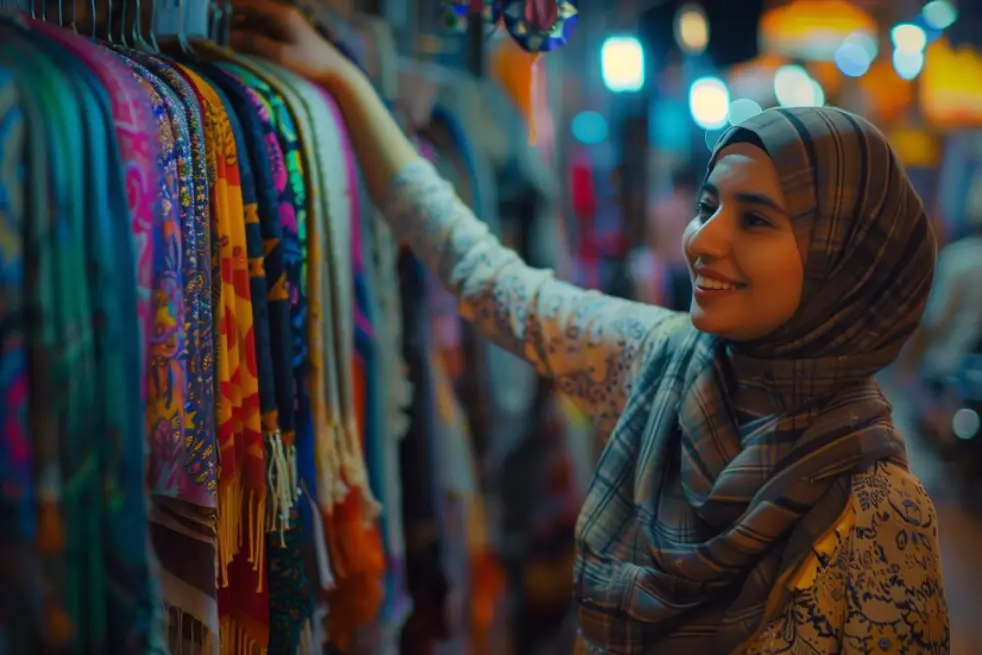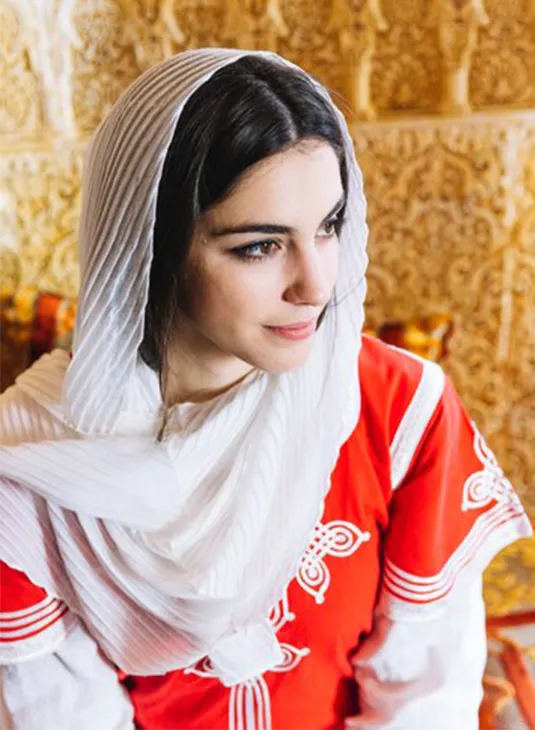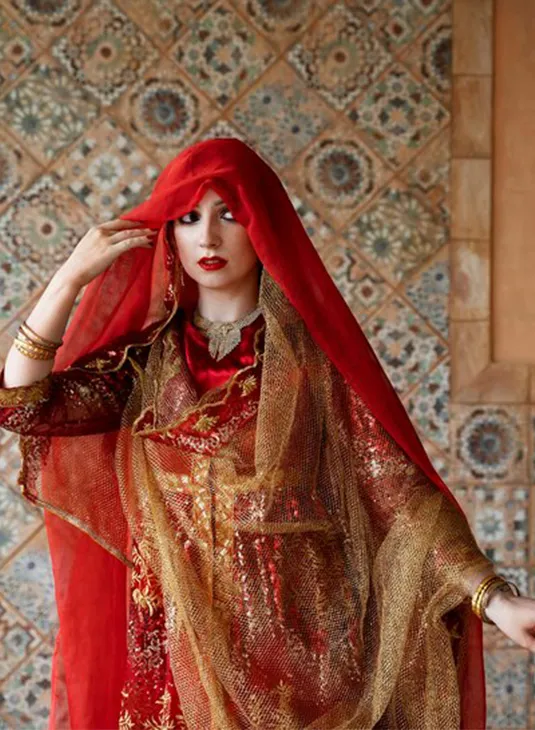Persian Clothing & Fashion
Home » Persian Clothing & Fashion

- Persian Clothing & Fashion
The Elegance and Diversity of Persian Clothing & Fashion
Persian clothing and fashion are a vibrant reflection of Iran’s rich cultural history and artistry. From traditional garments that have been worn for centuries to modern interpretations that blend heritage with contemporary style, Persian fashion represents a unique tapestry of elegance and innovation. This blog explores the diverse world of Persian clothing, highlighting its historical roots, modern trends, and the significance of fashion in Persian culture.
Historical Roots of Persian Clothing
The evolution of Persian clothing is deeply intertwined with the history and culture of ancient Persia, offering insights into the lives and traditions of its people.
Traditional Persian Garments
Traditional Persian clothing includes a variety of garments, each with its own historical significance. The chador, a full-body cloak worn by women, and the shervani, a long coat worn by men, are iconic examples. These garments were often made from luxurious fabrics such as silk and velvet, showcasing intricate patterns and embroidery that reflect the wearer’s social status and wealth.
Influences from Various Eras
Persian clothing has evolved significantly over the centuries, influenced by various dynasties and interactions with neighboring cultures. The Safavid era, for instance, saw a flourishing of textile arts and elaborate garments adorned with detailed embroidery and precious stones. This period marked a significant development in Persian fashion, with a focus on opulence and intricate craftsmanship.

Modern Trends in Persian Fashion
Contemporary Persian fashion blends traditional elements with modern styles, creating a unique fusion that resonates with both local and global audiences.
Fusion of Tradition and Modernity
Modern Persian fashion designers are renowned for their ability to integrate traditional Persian elements with contemporary designs. This fusion often includes traditional patterns and fabrics combined with modern cuts and silhouettes. For example, traditional Persian motifs might be incorporated into modern dresses or suits, offering a fresh take on classic designs.
Influence of Global Fashion
Persian fashion has also been influenced by global trends, reflecting a dynamic exchange between local and international styles. Persian designers often draw inspiration from global fashion houses while maintaining a distinct Persian aesthetic. This cross-cultural exchange helps Persian fashion remain relevant in the global market while celebrating its rich heritage.

The Significance of Fashion in Persian Culture
Fashion plays a crucial role in Persian culture, serving as a medium for personal expression and cultural preservation.
Symbolism in Persian Clothing
Persian clothing is not just about aesthetics; it carries deep symbolic meaning. For instance, specific colors and patterns can signify different aspects of Persian culture and values. Traditional garments often feature motifs that have cultural significance, such as floral designs representing beauty and growth.
Fashion as Cultural Identity
In contemporary Iran, fashion continues to be an important expression of cultural identity. Many individuals use clothing to express their personal style while staying connected to their heritage. Persian fashion shows and exhibitions provide a platform for designers to showcase their work and preserve traditional techniques while adapting to modern trends.
Conclusion
Persian clothing and fashion are a rich and diverse field, offering a unique blend of historical depth and modern innovation. From traditional garments that tell stories of ancient Persia to contemporary designs that reflect a globalized world, Persian fashion continues to captivate and inspire. By exploring the evolution of Persian clothing and understanding its significance, we gain a deeper appreciation for the artistry and cultural heritage embedded in every piece.
Frequently Asked Questions (FAQs) About Persian Clothing & Fashion
1. What is Persian culture known for?What are traditional Persian clothing styles?
2. What materials are commonly used in Persian fashion?
Persian fashion often uses materials like silk, wool, and cotton, known for their quality and comfort.
3. Are there any famous Persian fashion designers?
Yes, renowned Persian fashion designers include Giti Pahlavi and Sonia Rykiel, who are known for blending traditional and modern styles.
4. What is the significance of Persian embroidery?
Persian embroidery is known for its intricate patterns and colors, symbolizing cultural heritage and craftsmanship.
5. How is Persian clothing different from other styles?
Persian clothing is distinctive for its elaborate designs, use of luxurious fabrics, and traditional embroidery techniques.
6. What are some popular Persian accessories?
Popular Persian accessories include traditional jewelry, embroidered scarves, and decorative belts.
7. Is Persian clothing worn daily or on special occasions?
Traditional Persian clothing is often worn during special occasions, festivals, and cultural events, while modern clothing is more common for daily wear.
8. How can I incorporate Persian fashion into my wardrobe?
You can incorporate Persian fashion by adding embroidered accessories, silk scarves, or traditional patterns to your modern outfits.
9. What are some traditional Persian textiles?
Traditional Persian textiles include kashan carpets, velvet, and brocade, often used in clothing and home decor.
10. Where can I buy authentic Persian clothing?
Authentic Persian clothing can be purchased from specialty boutiques, cultural stores, or online shops that focus on traditional fashion.